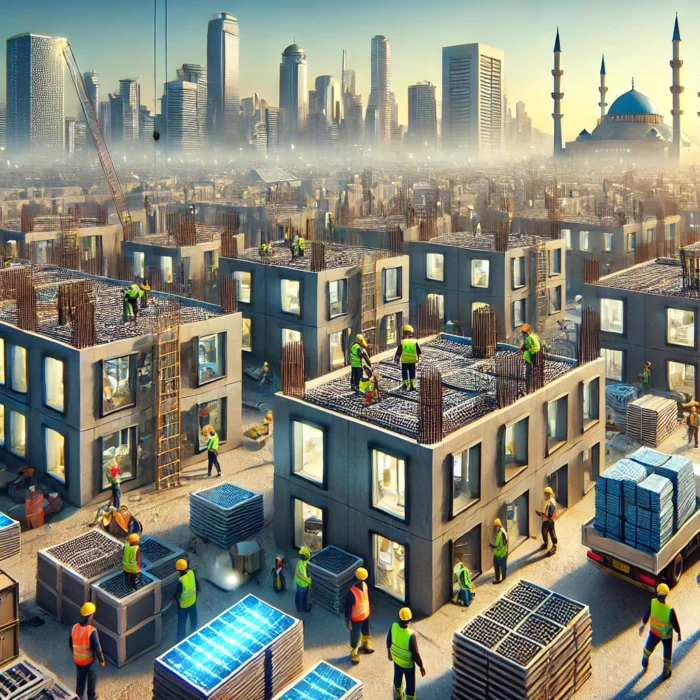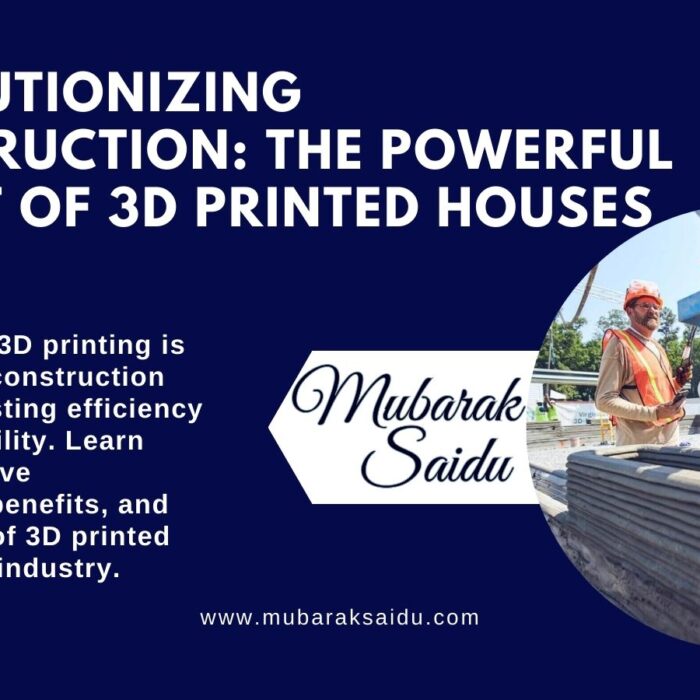Imagine walking into a building that knows exactly how you’re feeling and adjusts its environment to suit your mood. I’m sure that sounds like something out of a sci-fi movie, right?
Well, buckle up, because the future is here, and it’s smarter than ever!
As a Nigerian construction supplier who’s been in the industry for over a decade, I’ve seen my fair share of changes.
But let me tell you, nothing quite compares to the revolution that smart building materials are bringing to our skylines and homes.
Did you know that the global smart building materials market is projected to reach a mind-blowing $111.8 billion by 2028? That’s not just a number, my friends – that’s a whole new world of possibilities opening up before our very eyes!
I remember the first time I encountered smart building materials on a project in Lagos. I was skeptical, to say the least. “How can a building be smart?” I thought. But mehn, I was in for a surprise!
From self-healing concrete that fixed its own cracks to windows that tinted themselves based on sunlight, I felt like I had stepped into the future.
So in this article, I’m going to dive deep into the exciting world of smart building materials. Whether you’re a fellow building material supplier, a construction professional, or just someone who’s curious about the buildings of tomorrow, I promise you’re in for a treat.
So, grab a cup of coffee (or better yet, some palm wine!), and let’s explore how these incredible materials are changing the game in construction.
Trust me, after reading this, you’ll never look at a building the same way again. And who knows? You might just find yourself dreaming up the next smart skyscraper for our beautiful Nigerian cities!

What Are Smart Building Materials?
Alright, let’s break it down in simple terms… Smart building materials are like the Genius of the construction world – they’re materials that can think for themselves!
Okay, maybe not literally, but they can respond to their environment in ways that traditional materials can only dream of.
Here’s the thing: traditional building materials are passive. They just sit there, doing their job (hopefully). But smart materials? They’re active players in a building’s performance.
They can change their properties based on things like temperature, light, or even the number of people in a room. It’s like having a building with a brain!
I remember being on a project site where I experienced smart glass for the first time. The client was skeptical, asking, “Oga, how can glass know when to darken itself?”
The glazier laughed and said, “Oga, welcome to the future!” The look on his face when he saw it in action was priceless.
Brief History And Evolution Of Smart Materials In Construction
The history of smart materials in construction is relatively short but packed with innovation. It all started in the late 20th century when scientists began exploring materials that could respond to external stimuli.
Fast forward to today, and we’re seeing buildings that can generate their own energy, regulate their temperature, and even clean the air around them.
In Nigeria, we’re just starting to scratch the surface of what’s possible with smart building materials. But let me tell you, the potential is huge.
Imagine buildings in Lagos that could withstand the coastal humidity or structures in the north that could keep cool despite the scorching sun.
The evolution of smart building materials has been nothing short of amazing. From simple light-responsive materials to complex systems that can predict and respond to various environmental factors, we’ve come a long way. And the best part? We’re just getting started!
So, next time you’re walking past a building, take a closer look. That glass facade might be doing more than just keeping the rain out – it could be a high-tech marvel, quietly working to make the building more efficient, comfortable, and sustainable.
Trust me, once you start seeing buildings through this lens, you’ll be as excited about smart materials as I am.
It’s not just about constructing buildings anymore; it’s about creating living, breathing structures that interact with us and the world around them. How cool is that?
The Science Behind Smart Building Materials
Okay, let’s put on our science hats for a moment – don’t worry, I promise to keep it as simple as explaining jollof rice to a foreigner!
The science behind smart building materials is where things get really interesting.
What Are The Key Technologies Behind Smart Building Materials
At the heart of these materials are two key players: nanotechnology and biomimicry. Now, I know these sound like big, scary words, but stick with me here.
Nanotechnology
Nanotechnology is like working with the tiniest Lego blocks you can imagine. We’re talking about manipulating materials at a molecular level.
It’s a mind-blowing stuff! I remember watching a conference in Johannesburg where they showed how nanoparticles could be used to make concrete stronger and more flexible.
I was skeptical at first – after all, I’ve seen concrete at work for years. But when I saw the demonstration, my jaw dropped faster than a badly mixed cement!
Biomimicry
Then there’s biomimicry – a fancy way of saying we’re copying nature’s homework. And why not? Mother Nature has been perfecting her designs for millions of years.
Smart materials often take inspiration from things like lotus leaves (for self-cleaning surfaces) or the way gecko feet stick to walls (for adhesives).
How Do Smart Materials Respond To Environmental Stimuli
Now how these smart materials respond to their environment is where it gets really cool – It’s like they have a sixth sense!
They can detect changes in temperature, light, pressure, or even electrical fields, and then change their properties accordingly.
I once went prospecting on a project where thermochromic materials were used for the building’s facade. These materials change color based on temperature.
Imagine my surprise when I saw the building literally changing colors throughout the day! It was like watching a chameleon, only this chameleon was a 20-story office building in the heart of Victoria Island.
Integration With IoT And AI Systems
Now, let’s talk about how these materials play nicely with technology. Many smart materials are designed to work hand-in-hand with IoT (Internet of Things) systems and AI. It’s like giving the building a nervous system and a brain.
For example, shape-memory alloys in the structure can send data about stress and strain to a central system.
The AI can then analyze this data and adjust the building’s systems accordingly. It’s like the building is constantly doing a health check on itself!
I remember explaining this to my old uncle who still thinks smartphones are witchcraft.
His response? “So the building is alive?” Well, not quite, Uncle, but it’s probably the closest we’ve come to living buildings!
The integration of these technologies means our buildings are becoming smarter and more efficient every day.
They can predict maintenance needs, optimize energy usage, and even improve the well-being of the people inside them.
It’s not all smooth sailing, though. Working with these materials can be challenging.
They’re often more expensive than traditional materials, and sometimes the technology is so new that we’re still figuring out the best ways to use it.
But let me tell you, the potential is enormous. As we continue to push the boundaries of what’s possible, who knows what kind of incredible structures we’ll be building in the future?
So next time you’re in a modern building and it feels like it’s reading your mind – well, it just might be!
Welcome to the sci-fi reality of smart building materials. Trust me, it’s going to be an exciting ride!
7 Game-Changing Smart Building Materials
Alright, my fellow construction supply enthusiasts, let’s dive into the good stuff!
I’m about to introduce you to seven smart building materials that are shaking up the industry like a good old Nigerian earthquake (thankfully, we don’t get many of those!).
These materials are so impressive, they might just make you want to rebuild your entire house!
1. Self-Healing Concrete
Now, this is some real magic right here! Self-healing concrete is like giving your building the power to heal its own wounds.
Imagine if you could heal a cut on your skin without even thinking about it – that’s exactly what this concrete does!
The secret ingredient? Bacteria. Yes, you heard that right – tiny living organisms are being put into our concrete!
These little guys are dormant until a crack appears. Then, boom! They wake up, start eating, and produce limestone that fills the crack.
The benefits are huge: longer-lasting structures, reduced maintenance costs, and improved safety. It’s perfect for infrastructure in places with harsh weather conditions – I’m looking at you, coastal cities with your salty air!
But here’s the catch – it’s not cheap. At least not yet. We’re talking about a 2-3 times increase in initial costs.
But when you factor in the reduced maintenance over time, it starts to make financial sense.
My advice? Keep an eye on this technology. As it becomes more mainstream, the costs will come down, and we’ll be seeing self-healing concrete everywhere from highways to high-rises!
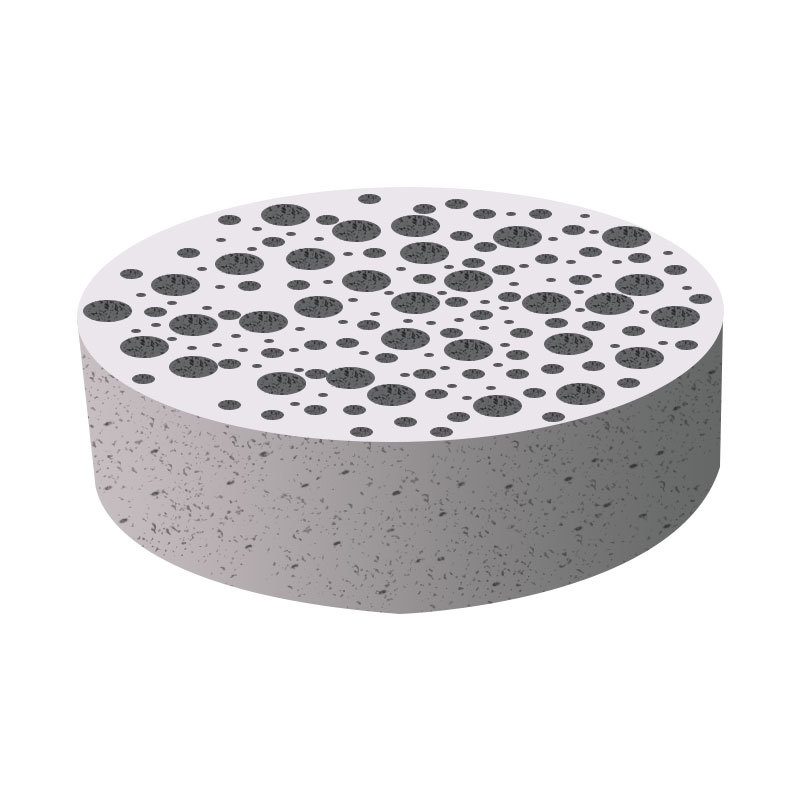
2. Photovoltaic Glass
Solar panels are great, but you know what’s even cooler? Windows that generate electricity!
That’s exactly what photovoltaic glass does. It’s like turning your entire building into one big solar panel.
The science behind it is quite ingenious. The glass is coated with a special photovoltaic layer that converts sunlight into electricity.
But here’s the kicker – it’s still transparent! So you get your views and your electricity too.
The energy generation capabilities vary depending on the type of glass and the amount of sunlight, but we’re talking about potentially powering a significant portion of a building’s energy needs.
Integration into building design is where architects are having a field day…
Imagine entire skyscrapers with exteriors that power themselves. It’s not just eco-friendly; it’s downright futuristic!
The downside? Cost, again. And there are some efficiency issues to work out. But mark my words, in a few years, this will be as common as regular windows.
After all, in a country blessed with as much sunlight as Nigeria, why wouldn’t we harness it?
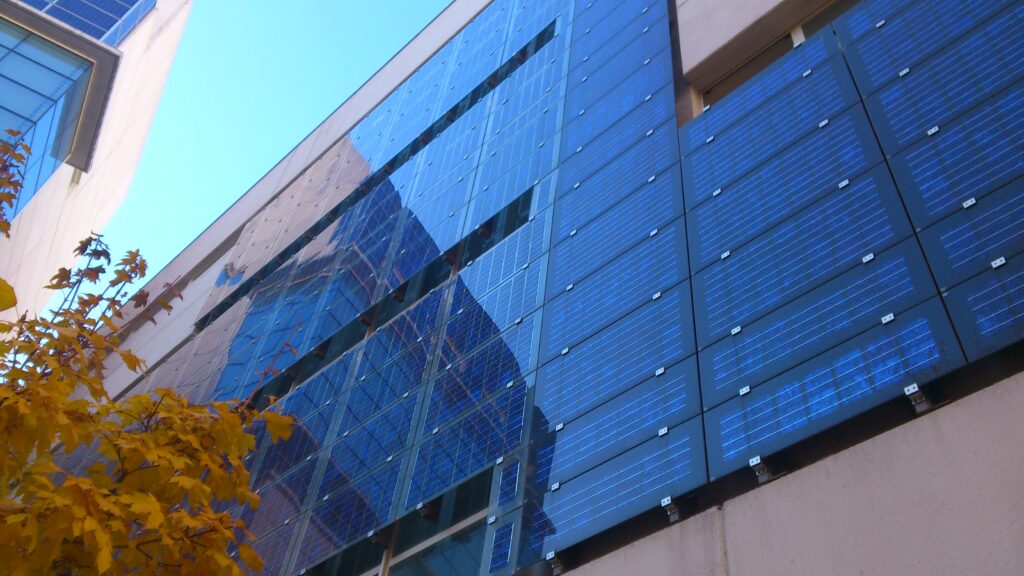
3. Shape Memory Alloys
Now, this is some witchcraft-level stuff right here! Shape memory alloys (SMAs) are metals that can remember their original shape.
You can bend them, twist them, stretch them, and when you heat them up – boom! They snap back to their original form.
In construction, these bad boys are being used to create buildings that can literally flex during earthquakes. It’s like giving a building muscles!
The applications in earthquake-resistant structures are huge…
Imagine buildings that can dance with the earth’s movements instead of fighting against them.
In Nigeria, we might not have many earthquakes, but for our brothers and sisters in more shake-prone areas, this technology could be a lifesaver.
The catch? You guessed it – cost. These alloys are not cheap, my friends. But when you’re talking about saving lives and protecting infrastructure, it’s hard to put a price tag on that.
My prediction? As manufacturing processes improve and demand increases, we’ll see the costs come down and flexible buildings will begin to emerge!
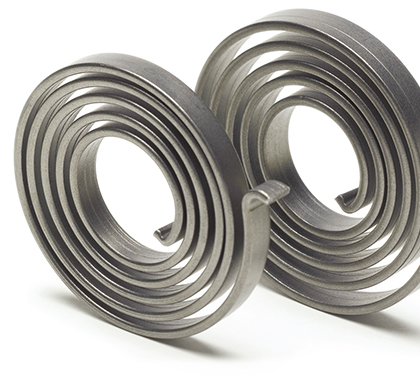
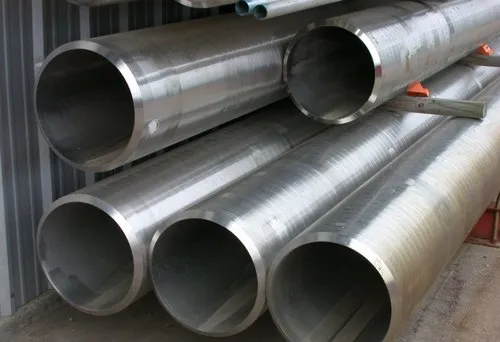
4. Phase-Changing Materials (PCMs)
Alright, let’s talk about Phase-Changing Materials, or PCMs as the cool guys in the industry call them.
These materials are like the chameleons of the building world – they change their physical state to regulate temperature.
Here’s how it works: PCMs absorb heat when it’s hot, changing from solid to liquid, and then release that heat when it’s cool, changing back to solid.
It’s like having a thermal battery built into the walls!
The energy efficiency improvements with PCMs are no joke. We’re talking about potential energy savings of 20-30% in some cases. That’s not just good for your wallet and great for the environment too.
Integration of PCMs in walls and roofing systems is becoming more common. You can get PCM-enhanced drywall, ceiling tiles, and even PCM-filled glass balls that you can add to concrete!
But let me tell you, it’s not all smooth sailing. PCMs can be tricky to work with.
Get the melting point wrong, and you might end up making things worse instead of better. And don’t even get me started on the potential for leaks if you’re using liquid PCMs!
Despite the challenges, I’m excited about the potential of PCMs, especially for our climate here in Nigeria.
Imagine buildings that stay cool during the day and release warmth at night, all without using electricity. It’s like having your cake and eating it too!
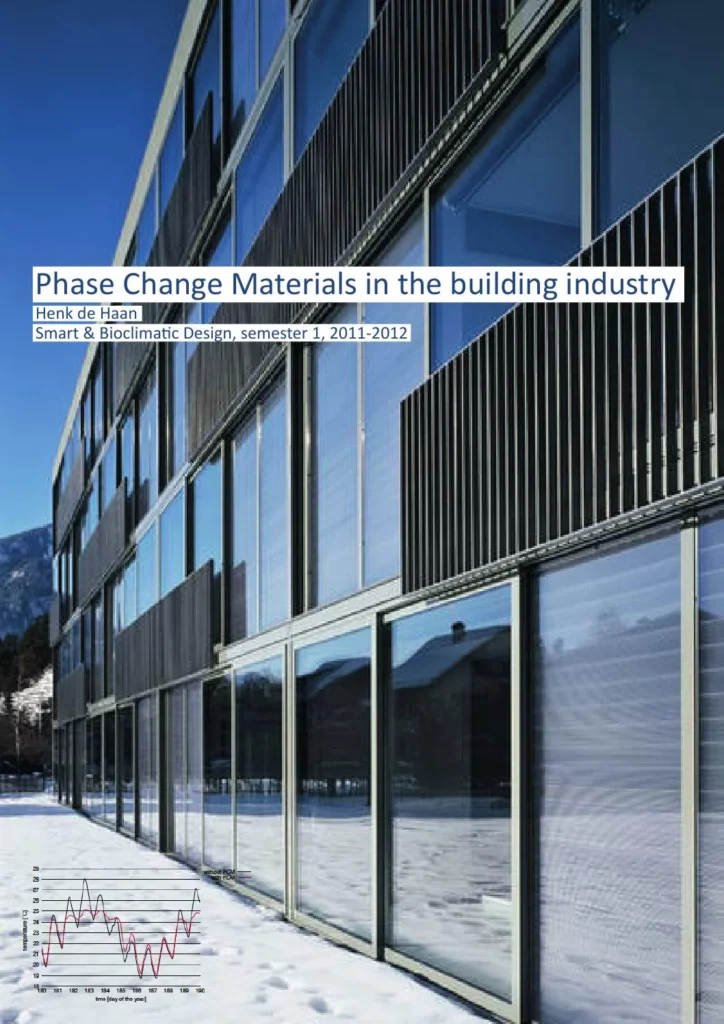
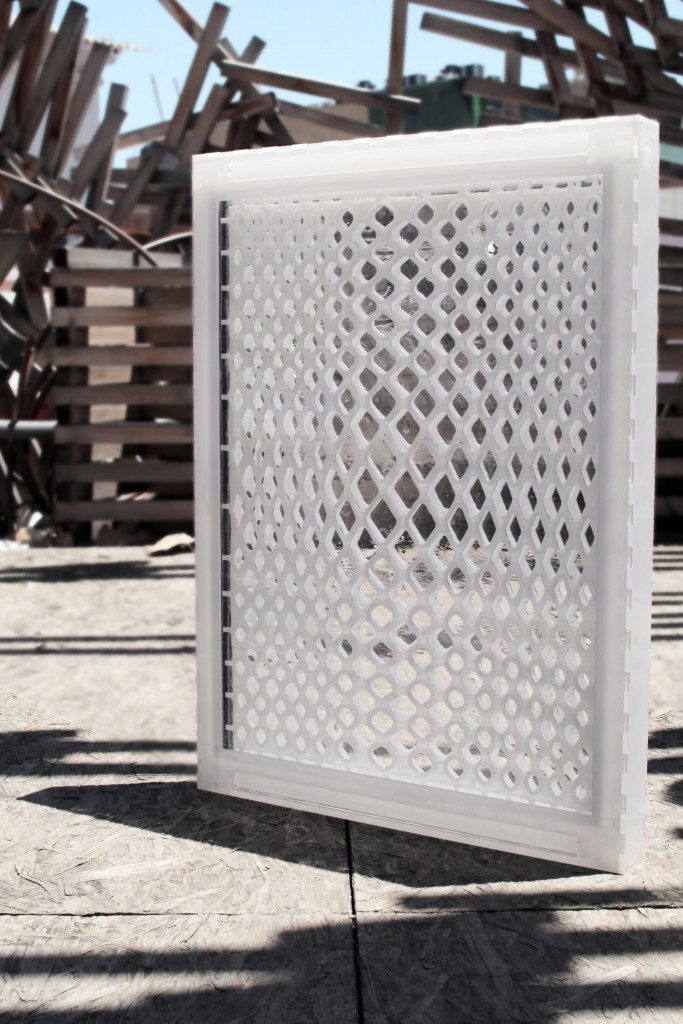
5. Smart Bricks
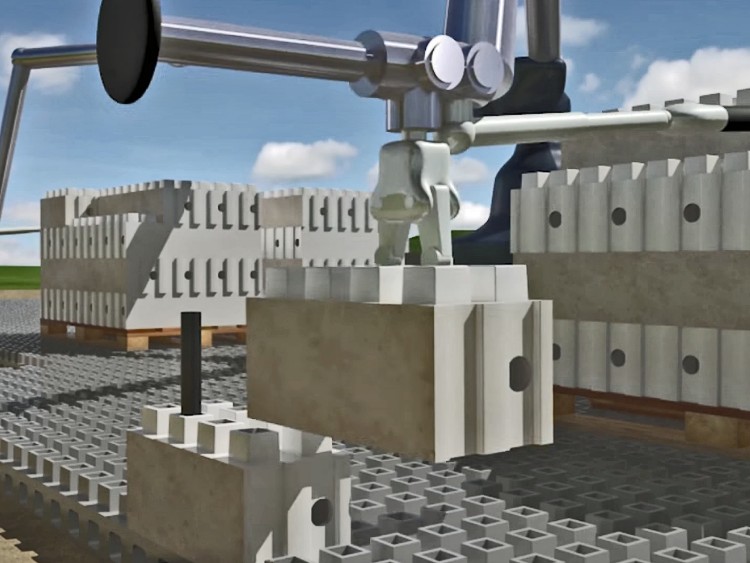
Now, let’s talk about smart bricks. These aren’t your good old clay bricks, oh no!
These are the Einstein of bricks – they’re modular and functional, and some can even store energy. It’s like LEGOs for grown-ups!
The first time I saw smart bricks, I thought someone was pulling my leg. “Bricks that can store energy?
Abeg, stop joking!” But then I saw them in action, and I had to eat my words (thankfully, not the bricks).
These bricks are designed with interlocking systems that make construction faster and easier.
Some types have built-in insulation or channels for wiring and plumbing. But the real kicker? Some smart bricks can actually store energy!
The potential for reducing construction time and costs is huge. With their modular design, smart bricks can cut construction time by up to 50% compared to traditional methods. And let’s be honest, in the construction business, time is money!
But here’s the catch – smart bricks are still pretty new tech. They’re more expensive than traditional bricks, and not all contractors know how to work with them yet.
Plus, we’re still figuring out the best ways to integrate them with other building systems.
Despite the challenges, I’m excited about smart bricks. They’re a perfect example of how we can take something as basic as a brick and turn it into a high-tech building solution.
Who knows? Maybe in a few years, we’ll be building entire smart cities with these super-bricks!
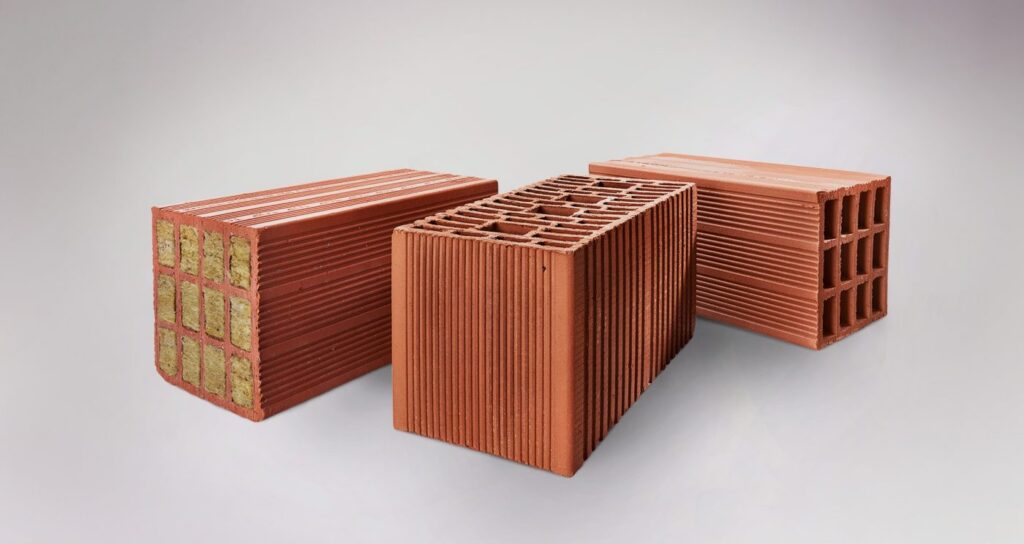
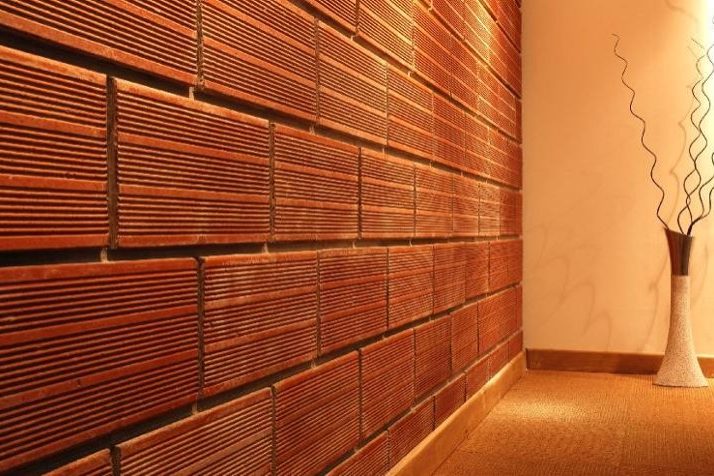
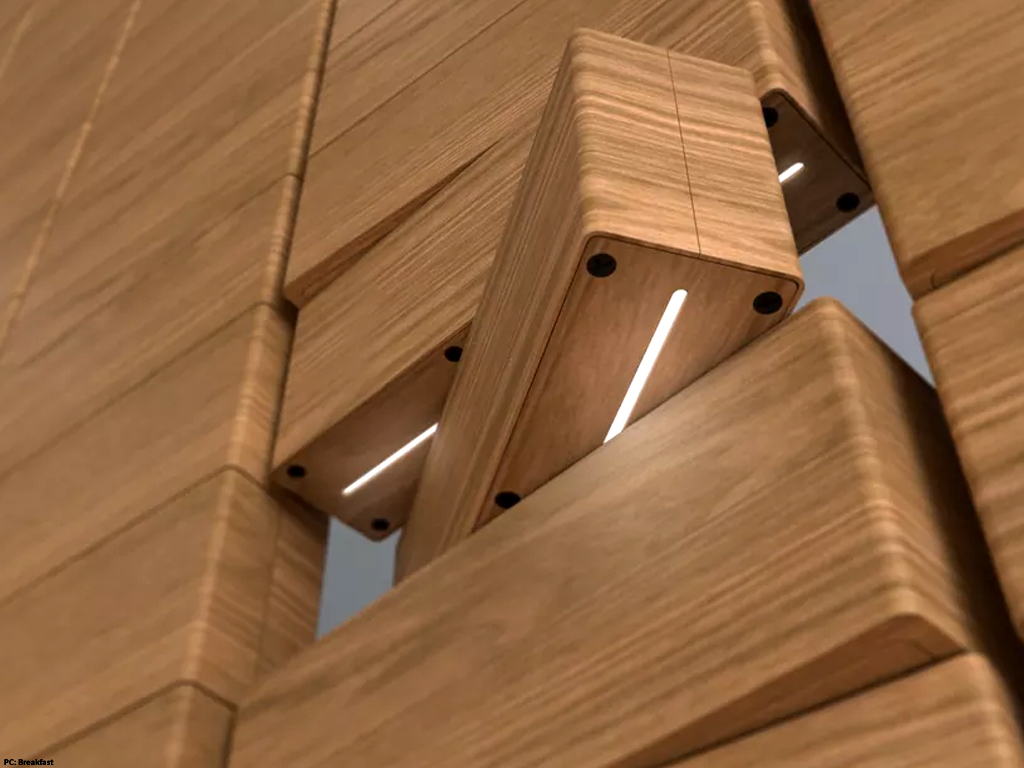
6. Aerogel Insulation
Okay, moving on – let me introduce you to the superhero of the insulation world – Aerogel!
This stuff is so light, it’s practically like holding a piece of frozen smoke. But don’t let its airy nature fool you; when it comes to insulation, aerogel is a heavyweight champion!
Here’s the science bit: Aerogel is 99.8% air and 0.2% silica. It’s like a sponge, but instead of water, it’s full of air.
This structure makes it an incredible insulator. We’re talking about insulation values that are 2-4 times better than traditional materials!
Compared to traditional insulation materials like fiberglass or foam, aerogel is in a league of its own. It’s thinner, lighter, and more effective.
This meant more usable space inside the building – a win-win situation!
The applications in energy-efficient buildings are endless. From residential homes to commercial skyscrapers, aerogel can significantly reduce heating and cooling costs.
It’s especially useful in retrofitting old buildings where space is at a premium.
But – and there’s always a but, isn’t there? – aerogel isn’t without its challenges…
First off, it’s expensive. We’re talking about 3-4 times the cost of traditional insulation. And it can be tricky to work with – it’s so light that a strong breeze can blow it away if you’re not careful!
Despite these challenges, I’m a big fan of aerogel. As production scales up and costs come down, I believe we’ll see it used more and more, especially in high-performance buildings.
After all, in a country like Nigeria where we spend a fortune on air conditioning, anything that can keep our buildings cooler naturally is a game-changer!
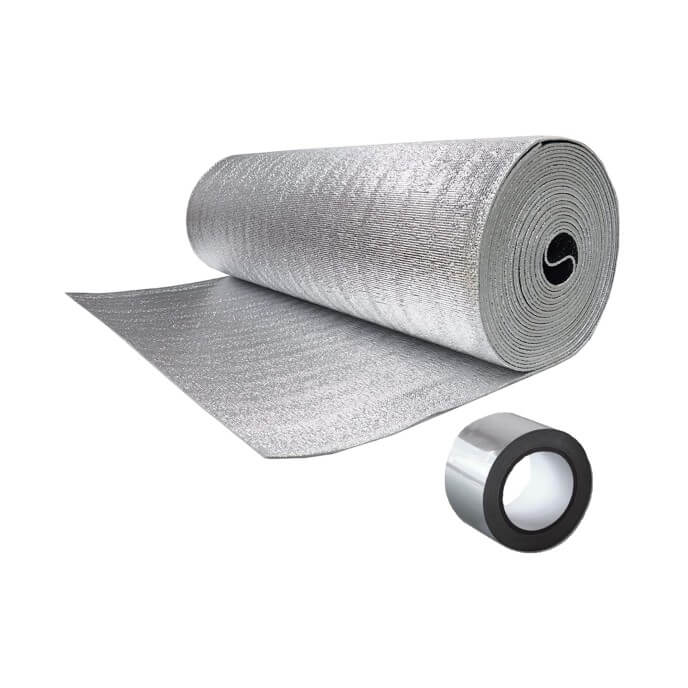

7. Pollution-Absorbing Materials
Last but definitely not least, let’s talk about pollution-absorbing materials.
These are the superheroes of the construction world, fighting the good fight against air pollution right from our buildings!
Now, as someone who’s lived in the North for years, I know firsthand how bad air pollution can get.
So when I first heard about materials that could actually clean the air, I was more excited than a kid at a birthday party!
There are a few different types of pollution-absorbing materials out there. We’ve got smog-eating concrete, photocatalytic tiles, sound-absorbing panels, and even air-purifying paint. It’s like giving your building a giant pair of lungs!
The environmental impact of these materials is huge…
They can break down pollutants like nitrogen oxides and volatile organic compounds into harmless substances. It’s like having an army of tiny janitors constantly cleaning the air around your building.
But let’s keep it real – these materials aren’t magic bullets. They work best in areas with lots of sunlight (thankfully, we’ve got plenty of that in Nigeria!).
And while they can make a difference, they’re not going to solve all our air pollution problems overnight.
There are also some challenges to consider. These materials can be more expensive than their traditional counterparts.
In some cases, the pollution-absorbing properties can degrade over time, which means they might need to be replaced or recoated.
Despite these challenges, I’m incredibly excited about pollution-absorbing materials. In crowded cities like Lagos, Kano, or Port Harcourt, imagine if every building could help clean the air.
It’s not just about construction anymore; it’s about building a cleaner, healthier future for all of us!
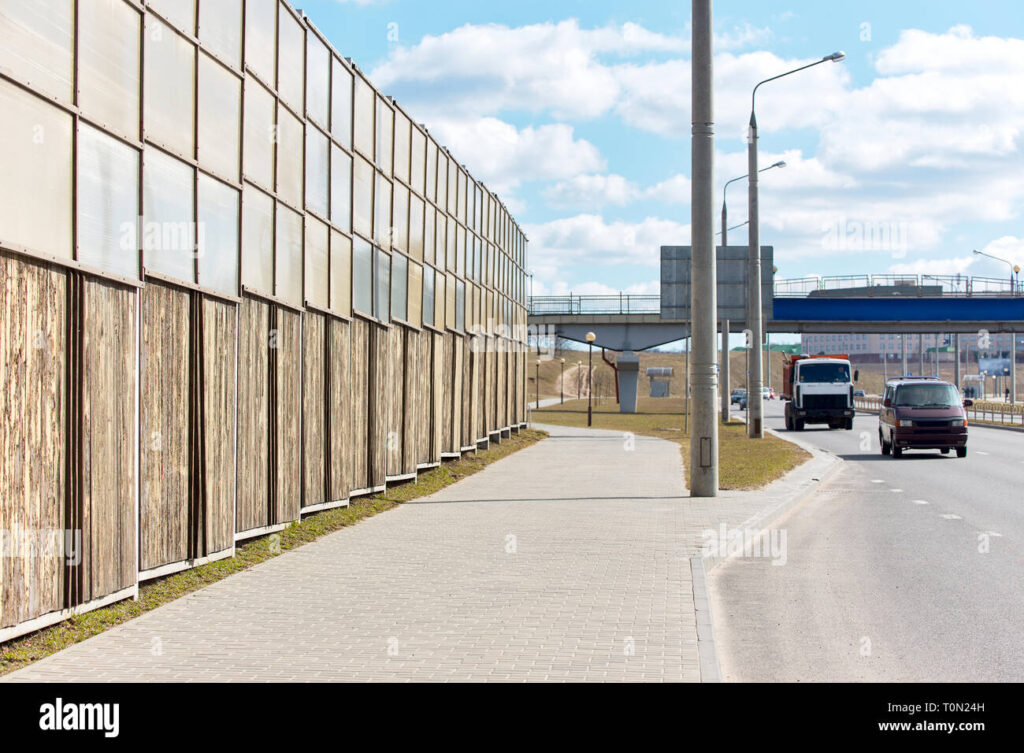
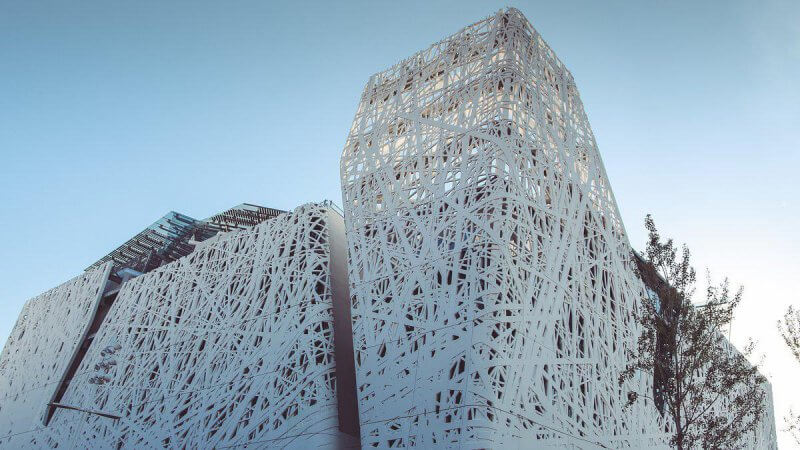
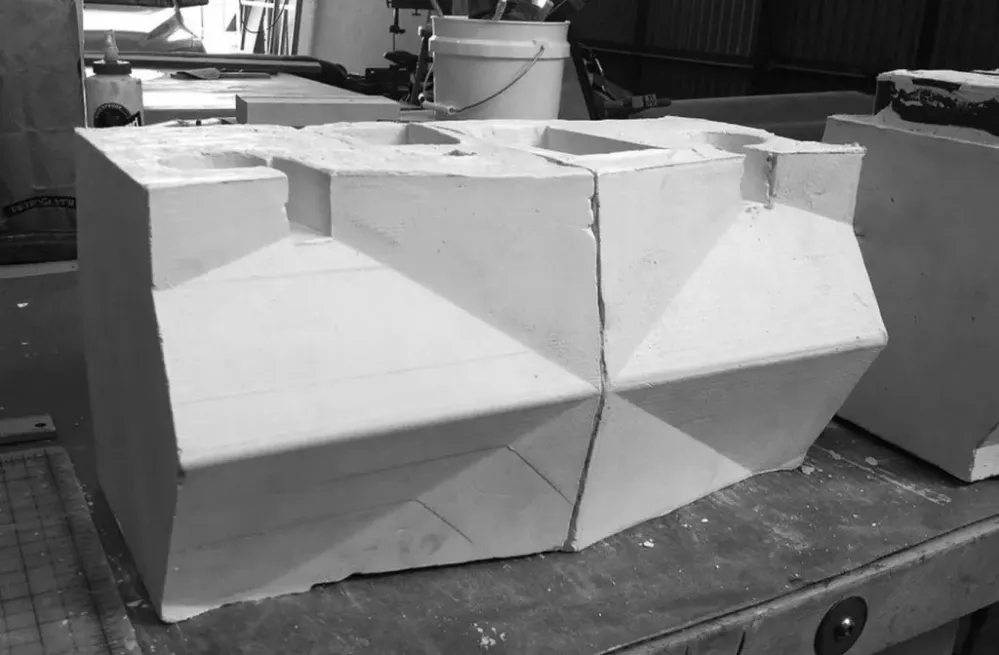
Benefits Of Smart Building Materials
Alright, people, now that we’ve taken a whirlwind tour of these amazing smart materials, let’s talk about why they’re such a big deal.
Trust me, the benefits are more numerous than the potholes on Lagos roads!
1. Improved Energy Efficiency And Sustainability
First up, let’s talk about energy efficiency and sustainability. Smart materials are like having a super-efficient building manager working 24/7.
They can regulate temperature, generate electricity, and even clean the air. I once worked on a project where we used a combination of photovoltaic glass and phase-changing materials.
The building’s energy consumption dropped by almost 40%! The owner was so happy, I thought he might kiss me (thankfully, he just shook my hand enthusiastically).
2. Enhanced Durability And Reduced Maintenance Costs
Next, let’s consider durability and reduced maintenance costs. Smart materials like self-healing concrete can significantly extend the life of a building.
I remember seeing a bridge using self-healing concrete. Five years later, it looked almost as good as new, while a similar bridge nearby was already showing signs of wear and tear. It’s like the building equivalent of drinking from the fountain of youth!
3. Increased Occupant Comfort And Well-Being
But it’s not just about the building itself – smart materials can also enhance occupant comfort and well-being.
Imagine working in an office where the windows automatically tint to reduce glare, the air is constantly being purified, and the temperature is always just right.
It’s like working in a five-star hotel! I can only imagine how productivity and satisfaction will skyrocket in buildings with these features.
4. Potential For Leed Certification And Green Building Standards
And let’s not forget about green building standards and LEED certification. Smart materials can help buildings achieve higher ratings, which is great for the environment and can also increase property value.
I worked on a project in Abuja that achieved LEED Gold certification, largely thanks to the smart materials used.
The client was over the moon – it was like winning the World Cup of construction!
But here’s the thing – the benefits of smart materials go beyond just the building itself.
They’re helping us create more sustainable, livable cities. Imagine a future where buildings generate their own power, clean the air around them, and adapt to changing weather conditions.
It’s not just a dream – with smart materials, it’s becoming a reality.
Of course, it’s not all sunshine and rainbows. There are challenges to overcome, which we’ll talk about next.
But from where I’m standing, the benefits of smart building materials far outweigh the drawbacks.
They’re not just changing the way we build – they’re changing the way we live. And as a construction supplier, that’s incredibly exciting!
Challenges And Limitations Of Smart Building Materials
Okay, I know I’ve been singing the praises of smart building materials, but let’s keep it real for a moment.
Like that friend who’s great fun at parties but always borrows money, smart materials have their downsides too.
Let’s talk about some of the challenges and limitations we’re facing.
1. High initial costs
First up, the elephant in the room – cost. Oh boy, smart materials can be expensive!
It’s not just the materials themselves; sometimes you need specialized equipment or expertise to install them properly.
It’s like buying a fancy car – it’s not just the purchase price, but the maintenance that can hit your wallet.
2. Lack Of Long-Term Performance Data
Next, let’s talk about the lack of long-term performance data. Many of these materials are so new that we don’t really know how they’ll perform 20, 30, or 50 years down the line.
It’s like being the first person to try a new recipe – exciting, but a bit risky.
I once used a new type of smart glass on a project, and two years later, we found out it didn’t work as well in humid conditions. Lesson learned!
3. Integration With Existing Building Systems
Integration with existing building systems can also be a real headache. It’s like trying to teach your grandpa to use a smartphone – sometimes the old and new just don’t want to play nice together.
I’ve spent more nights than I care to remember trying to figure out how to integrate smart systems with older building infrastructure.
It’s enough to make you want to pull your hair out!
4. Regulatory And Code Compliance Issues
And let’s not forget about regulatory and code compliance issues…
The construction industry isn’t exactly known for embracing change quickly. Sometimes, the regulations haven’t caught up with the technology.
There’s also the issue of maintenance and repair. Some smart materials require specialized knowledge to maintain or fix.
It’s not like you can call your local handyman to repair self-healing concrete or recalibrate your smart windows.
This can lead to higher long-term costs and potential downtime if something goes wrong.
5. Education And Training
Lastly, there’s the challenge of education and training. Many contractors and workers aren’t familiar with these new materials.
I’ve seen some hilarious (and sometimes costly) mistakes made because someone didn’t understand how a smart material worked.
It’s like giving a supercomputer to someone who’s only ever used a calculator – there’s a learning curve!
But here’s the thing – every new technology faces challenges. I remember when we first started using cloud-based inventory management system.
People said it was running faster than my shadow, that it was too complicated and expensive.
Look where we are now! The key is to approach these challenges with open eyes and a problem-solving attitude.
Yes, smart building materials have their limitations. But from where I’m standing, the potential benefits far outweigh the challenges.
It’s up to us – the builders, architects, and engineers – to find ways to overcome these hurdles.
After all, that’s what we do best, isn’t it? We solve problems and build the future!
The Future Of Smart Building Materials
Buckle up, because we’re about to take a trip to the future! And let me tell you, the future of smart building materials is more exciting than a Nollywood blockbuster!
Emerging Technologies And Research Areas
First off, let’s talk about emerging technologies and research areas. Scientists and engineers are working on some mind-blowing stuff.
I’m talking about materials that can change shape on command, surfaces that can repair themselves like Wolverine, and concrete that can conduct electricity.
It’s like something out of a sci-fi movie!
I remember watching a conference in Dubai where they showcased a prototype of a material that could change its thermal properties based on the occupants’ preferences.
Imagine a wall that could keep you cool during the day and warm at night, all without using any energy! My mind was blown faster than a fuse in an old Lagos apartment.
Potential For Bio-Based And Living Materials
But here’s where it gets really interesting – the potential for bio-based and living materials. We’re talking about buildings that are literally alive!
There’s research being done on materials that incorporate living organisms to perform various functions.
Imagine a building exterior made of algae that can photosynthesize and produce energy.
Or bricks that contain bacteria that can clean the air. It’s like turning our buildings into giant, functional houseplants!
Integration With Smart City Concepts
And let’s not forget about the integration with smart city concepts. As our cities get smarter, our buildings need to keep up.
We’re moving towards a future where buildings will communicate with each other and with city infrastructure.
Imagine a building that could warn the city about an impending flood, or adjust its energy consumption based on the overall city demand.
It’s like creating a giant, interconnected organism made of concrete and steel!
I’m working on a pilot project in Abuja where we’ll integrated smart building systems with the city’s traffic management system.
The building could advise its occupants on the best time to leave based on real-time traffic data. It’s going to be like having a crystal ball that could predict traffic jams!
But here’s the thing – the future of smart building materials isn’t just about technology. It’s about changing the way we think about buildings.
We’re moving away from the idea of buildings as static, passive structures, and towards a concept of buildings as dynamic, responsive entities that interact with their environment and occupants.
Of course, there will be challenges. As these technologies develop, we’ll need to address issues of privacy, security, and ethics.
How much should our buildings know about us? Who controls the data they collect? These are questions we’ll need to grapple with.
But despite the challenges, I’m incredibly excited about the future of smart building materials. As a construction professional, it feels like we’re on the verge of a revolution.
We’re not just building structures anymore – we’re creating living, breathing entities that will shape the cities of tomorrow.
How To Incorporate Smart Building Materials In Your Projects
Alright, my fellow builders and dreamers, let’s get practical. You’re probably thinking, “All this smart material talk sounds great, but how do I actually use it in my projects?”
Well, grab a seat, because I’m about to spill the beans on how to bring your buildings into the 21st century!
1. Assessing Project Needs And Goals
First things first – assessing project needs and goals. This is crucial.
You don’t want to be like that uncle who buys a smartphone and only uses it to make calls.
Before you jump into using smart materials, sit down and really think about what you want to achieve.
Is it energy efficiency? Improved durability? Better occupant comfort? Or what is it?
2. Collaborating With Manufacturers And Specialists
Next up is collaboration, which is key! Working with smart materials isn’t a one-man show. You need to bring in the manufacturers and specialists early in the process.
These materials often require specific design considerations and installation techniques.
3. Balancing Cost And Performance Considerations
Now, let’s talk about everyone’s favorite topic – money! Balancing cost and performance considerations is crucial when working with smart materials.
Yes, these materials can be expensive upfront, but you need to think long-term.
I always tell my clients to think of it like buying a good pair of shoes. Sure, they might cost more initially, but they’ll last longer and be more comfortable in the long run.
But here’s the thing – it’s not just about the materials themselves. You need to think about the whole system.
Smart materials often work best when they’re integrated with other smart systems. It’s like conducting an orchestra – every piece needs to work together harmoniously.
4. Training And Education For Construction Professionals
Now, let’s address the elephant in the room – training and education.
Smart materials are only as good as the people installing and maintaining them. You need to make sure your team is up to speed.
Lastly, don’t be afraid to start small. You don’t need to go all-in on smart materials from day one.
Start with one or two applications and see how they work. It’s like learning to swim – you don’t start in the deep end!
Remember, incorporating smart building materials is a journey, not a destination.
It’s about constantly learning, adapting, and pushing the boundaries of what’s possible.
Yes, there will be challenges, but trust me, the results are worth it.
So go ahead, take that first step. Who knows? Your next project might just be the smartest building in town!
Conclusion
Whew! What a journey we’ve been on! From self-healing concrete to pollution-eating paint, we’ve explored the exciting world of smart building materials.
It’s like we’ve taken a peek into the future of construction, and let me tell you, the future is bright (and smart)!
As we’ve seen, smart building materials are revolutionizing the way we think about construction.
They’re not just passive components anymore; they’re active players in a building’s performance. It’s like our buildings are finally waking up and joining the 21st century!
It’s up to us – building materials suppliers and construction professionals to lead the charge in adopting these innovative materials.
We need to be bold, to experiment, to push the boundaries of what’s possible. After all, isn’t that what building is all about?…
Creating something that wasn’t there before?
I remember when I first started in this industry, back when mobile phones were the size of bricks and the internet was just a twinkle in a computer scientist’s eye.
If someone had told me then that one day we’d be building structures that could heal themselves or clean the air, I would have laughed them out of the room.
But here we are, living in that future!
Let’s build smarter, more sustainable cities that can tackle the challenges of the 21st century head-on.
Remember, every great innovation starts with a single step. Maybe your next project will be the one that incorporates that cutting-edge smart material.
Maybe you’ll be the one to figure out how to make these technologies more accessible and affordable. The possibilities are endless!
As we wrap up…
…I want to leave you with this thought: We’re not just building for today; we’re building for tomorrow.
Every smart material we use, every innovative technique we implement, is a step towards a better, more sustainable future. And isn’t that what construction is all about?
Creating a better world, one building at a time?
What are your thoughts on smart building materials? Have you had any experience working with them?
I’d love to hear your stories and questions in the comments below. After all, we’re all in this together, building the future one smart material at a time!
FAQs
- Are smart building materials more expensive than traditional materials?
Initially, yes. Smart materials often come with a higher upfront cost.
However, it’s important to consider the long-term savings in energy efficiency, maintenance, and durability.
Think of it like buying a fuel-efficient car – it might cost more upfront, but you’ll save money on fuel in the long run.
- How do smart building materials contribute to sustainability?
Smart materials contribute to sustainability in several ways. They can improve energy efficiency, reduce waste, and even clean the air.
For example, photovoltaic glass generates clean energy, while self-healing concrete reduces the need for repairs and replacement.
It’s like having a building that’s constantly working to reduce its environmental impact!
- Can smart materials be retrofitted into existing buildings?
In many cases, yes! While it’s easier to incorporate smart materials during new construction, many can be added to existing buildings.
Things like smart glass, phase-changing materials, and pollution-absorbing paint can often be retrofitted.
It’s like giving your old building a high-tech makeover!
- What are the maintenance requirements for smart building materials?
This varies depending on the material. Some, like self-healing concrete, actually reduce maintenance needs.
Others might require specialized care or periodic updates. It’s crucial to work closely with manufacturers and include maintenance considerations in your planning.
Think of it like owning a smart car – it might need different care than a traditional vehicle, but the benefits can be worth it.
- How do smart building materials impact indoor air quality?
Many smart materials can significantly improve indoor air quality. Materials like pollution-absorbing paint can actively remove contaminants from the air.
Others, like smart ventilation systems integrated with air quality sensors, can automatically adjust to maintain optimal air quality.
It’s like having a building that’s constantly working to keep its occupants healthy!
